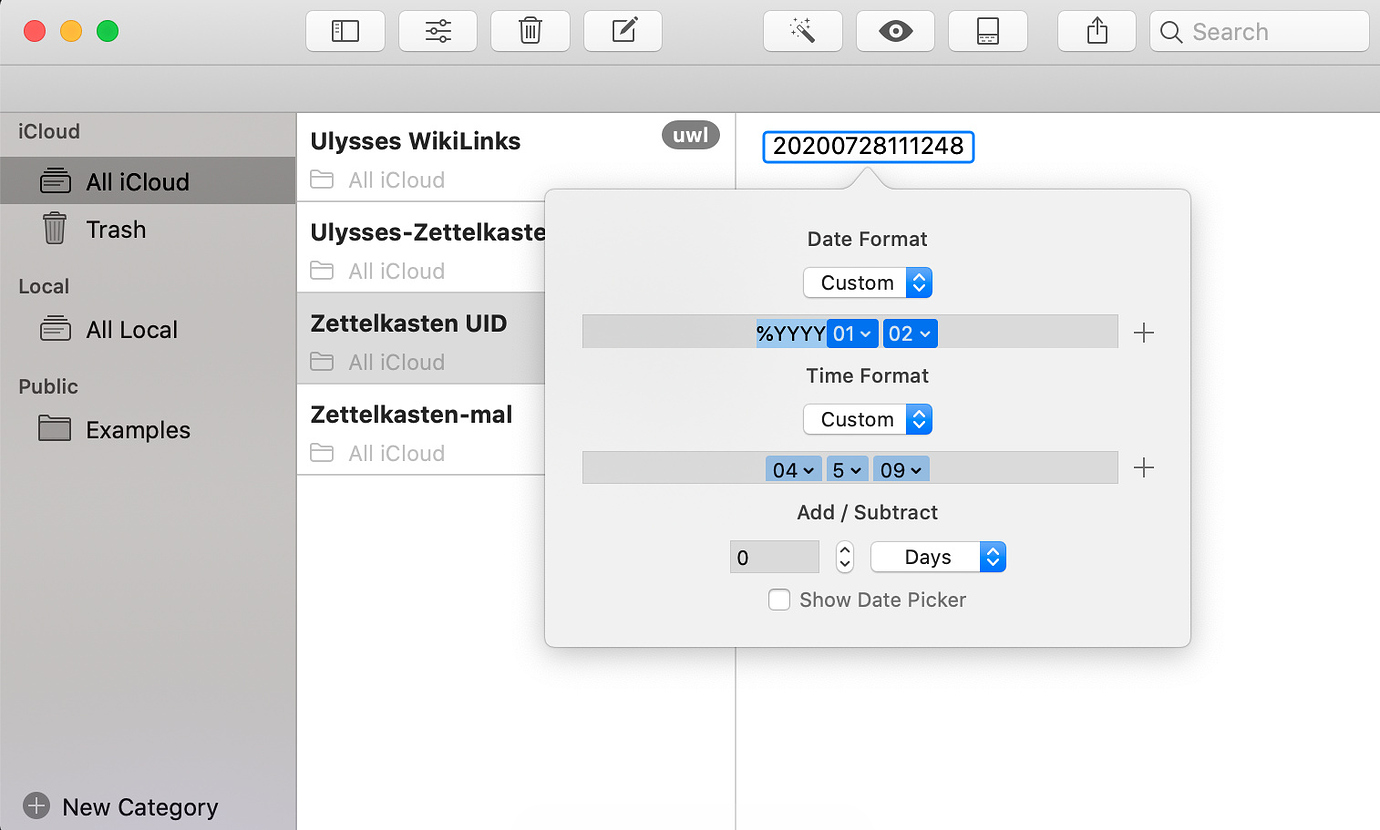

Zettlr easily allows you to navigate those links in order to connect ideas. Each hyperlink (denoted in green) links to a related note held in the same folder. Zettlr also works very nicely with Zotero (see here).įor reference, I’ve included a screenshot of an example note below. Using Markdown files (rather than a notetaking software like Evernote) means that my notes can be opened on any computer using any software that reads plain text. I implement my Zettlekasten using Zettlr and Markdown files. There are lots of benefits of this system for academics (which many people describe in depth), but one key benefit is that it is very easy to find all of the notes you’ve written on a single topic. The key idea behind a Zettelkasten is that notes should be atomic (hold one idea at a time) and should connect to other notes.
Zettelkasten zettlr how to#
I take notes on articles and books using Zettlr and the Zettlekasten philosphy laid out in How to Take Smart Notes. I save articles in a single folder within Dropbox and then use Zotero’s tags and search function to find the article I need (rather than relying on folder structure to organize articles by themes). Together, Zotero and Zotfile allow you to download academic articles, automatically rename them according to a set format, and store them in Dropbox (or some other cloud service) with just a few clicks. I organize articles and their corresponding references using Zotero and Zotfile, following the advice laid out here. The workflows below reflect that preference. In choosing tools, I tend to prefer free, open, and open-source software or one-time purchases over subscription services. These are the tools I wish had found earlier in my graduate student career. I’ve outlined below some of my favorite tools and workflows for researchers.


 0 kommentar(er)
0 kommentar(er)
